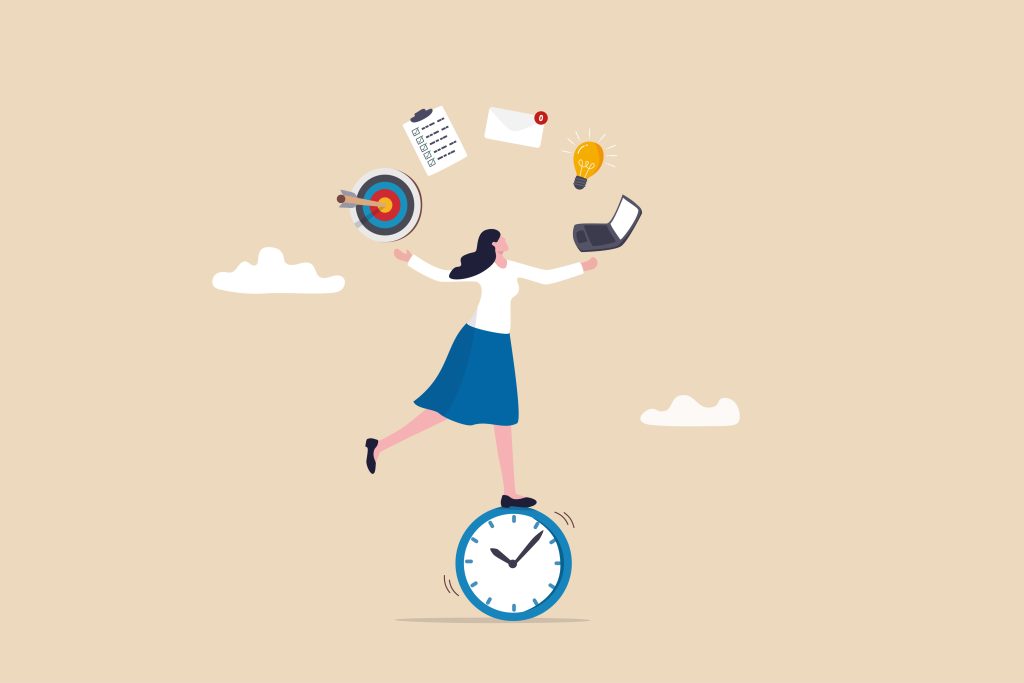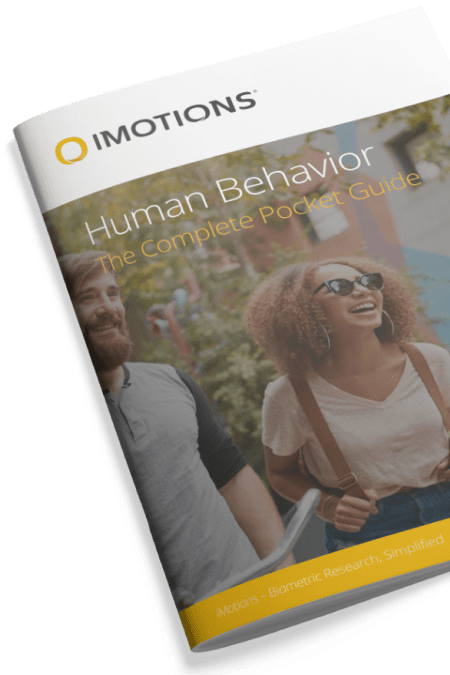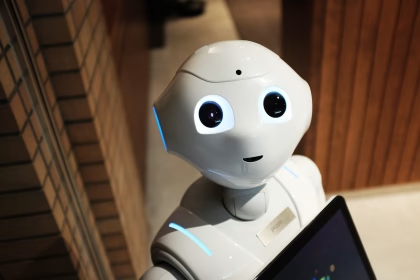Workplace well-being is essential for mental health and productivity, yet stress remains a major challenge. Biosensors now provide real-time insights into stressors at work, helping companies improve office design, optimize workloads, and foster a healthier, more supportive work environment. Discover the future of workplace well-being.
Table of Contents
It is estimated that adults spend one-third of their life at work, which is the same percentage of your life that you spend sleeping. Sadly, work is also the third leading cause of stress among employees in the US. Thus, work does not just fill the hours of our lives, it also influences our mental well-being. Let’s take a look at some more statistics:
In the US, 71% and 18.3% of adults (age 18+) report symptoms of stress or mental illness, respectively. When zooming in on depression symptoms, employee surveys find that only 40 and 57% of employees struggling with severe or moderate symptoms receive the appropriate treatment. This means that a large proportion of workers live with untreated depression symptoms.
People with mental illnesses, such as depression, are thrice as likely to suffer from chronic diseases, potentially leading to disabilities or long-term medical leaves. Not only do mental illness and stress reduce a person’s life quality and work productivity it also costs companies billions of dollars every year. These numbers leave us with the pertinent question of how we can improve well-being at work.

Thankfully, more research has begun to hone in on why, when, and how work causes stress. However, most of the research done so far has relied on surveys and interviews to address employee stress levels during their work day (for example this and this study). Relying solely on surveys and interviews has several drawbacks including recall bias and subjectivity. Within the last decade, biosensors have begun to enter the field of occupational research, enabling scientists to track and quantify employee stress levels in real time. Below we give two examples of how biosensor research can be used to assess well-being at work.
Biosensors inform best practices for office design
With the return back to the office after the COVID-19 pandemic, now is a particularly relevant time to investigate how office layouts affect people’s stress levels and productivity. One study reported that changing the office layout to have better natural light and air quality correlated with improved heart rate variability and reduced cortisol levels (if you have been looking for an excuse to open the curtains and bring some plants into the office, here you have it!) Another study found that longer conversations, measured through a voice analysis phone app, correlated with higher levels of self-reported stress at work. This result corroborates previous research linking office layouts more amicable to frequent conversations, such as open-office designs, to higher stress at work (who would have thought that the 90’s cubicles helped maintain our mental well-being!) In general, open-plan offices and centrally controlled air conditioning negatively affect well-being at work, but more research using biosensors is needed to identify specific needs for particular types of companies and teams.

Biosensors identify which work tasks are more likely to cause stress
On any given day, employees tackle various tasks that may cause more or less stress. Considering that high stress in an employee reduces their work productivity and the quality of their work as well. Therefore, it makes financial sense for companies to reconsider how work tasks are designed to manage employee stress levels. Of course, there are certain tasks that cannot be removed, and in that case, a major goal is to find out what time a day a stressful task may be dealt with most effectively (for example: should it be at the beginning, middle or end of the workday). This type of research can inform where interventions are needed in the workplace to improve employees’ mental well-being as well as the company’s productivity.

Unfortunately, there is a great scarcity of research in this area, but preliminary studies point to the benefits of using heart rate sensors, such as ECG, to detect stress during the workday of teachers and emergency physicians. A proof of concept study used a multimodal biometric approach to monitor physical and mental stress throughout the workday of construction workers. Combining data from heart rate, skin temperature, breathing rate, and skin conductance with machine learning enabled the researchers to accurately detect physical and mental stress with 94.7% accuracy. It is interesting to consider how biosensors could be used by companies to monitor stress levels in real time and, in response, offer immediate support. Of course, first research is needed to clarify how we can best assess mental well-being at the workplace in a reliable and objective manner.
Mental well-being at work does not equal mental well-being outside of work
It is tempting to think that the copious amounts of well-being studies done in clinical settings can translate to well-being at work. This is, however, not the case. For example, while a higher step count in people’s non-work life correlates with better health, a higher step count at work correlates with worse health conditions.
Many factors influence these discrepancies, including the type of work, but it emphasizes the need to address mental (and physical) well-being specifically in work settings. Combatting work-induced stress requires scientifically validated methods that begin with real-time, quantifiable, and objective data collection. Imagine when our work starts supporting and elevating our mental well-being rather than causing illness. This will be a game changer for both the employee and the financial growth, achievements, and long-term health of the companies.
Further reading:
Exploring Mental Workload with iMotions
Free 52-page Human Behavior Guide
For Beginners and Intermediates
- Get accessible and comprehensive walkthrough
- Valuable human behavior research insight
- Learn how to take your research to the next level













